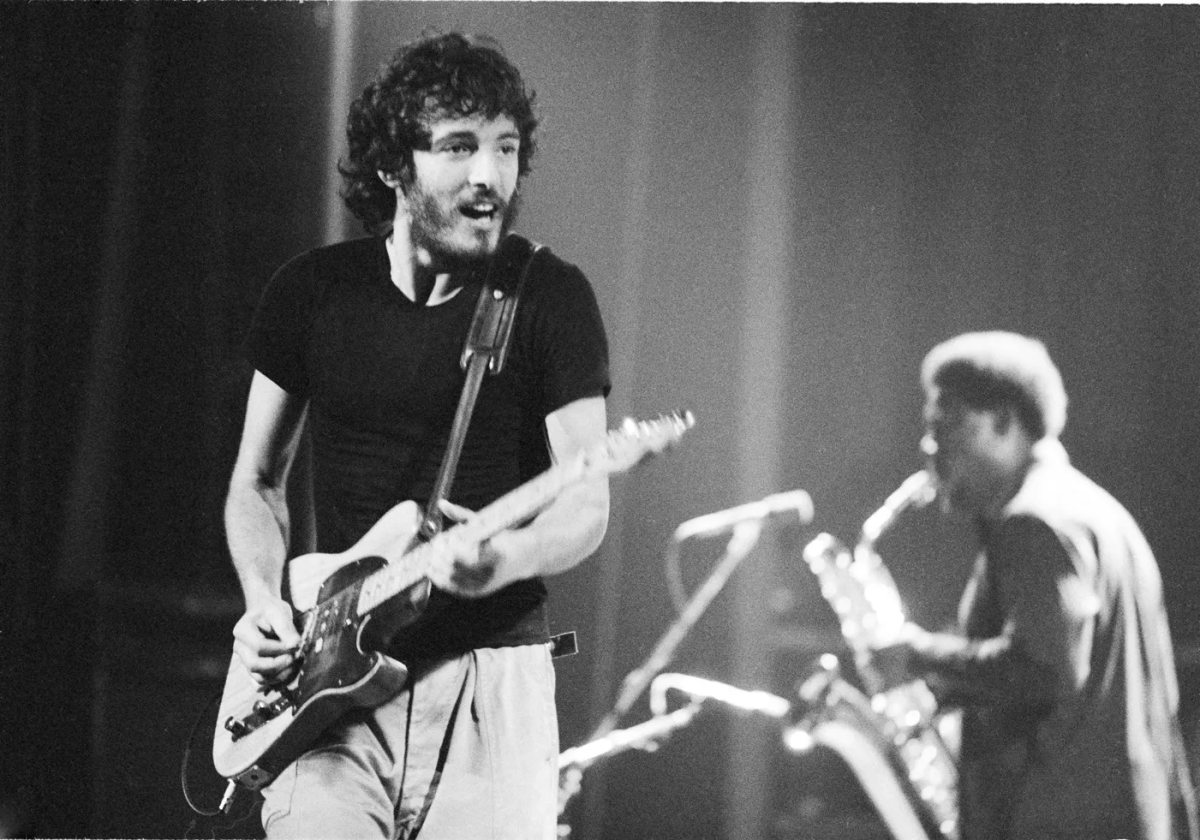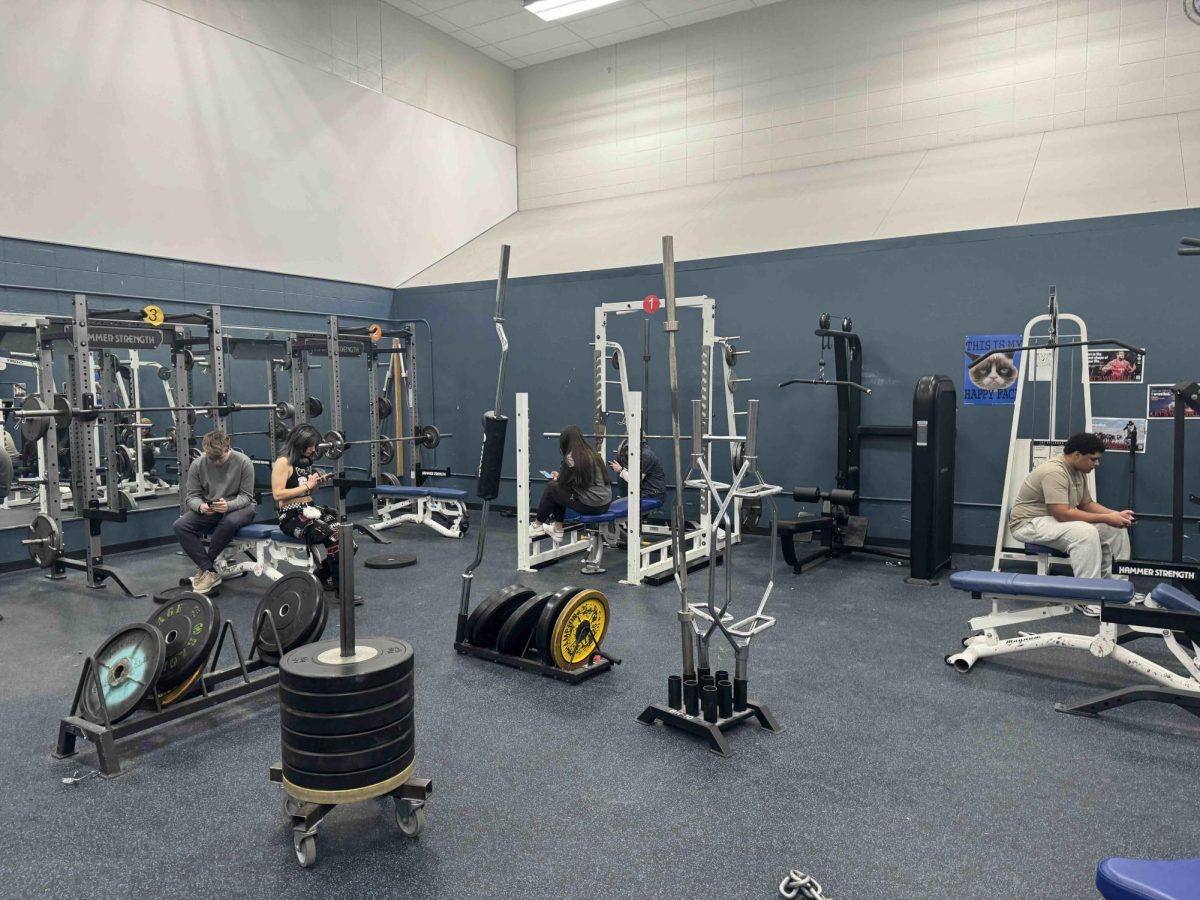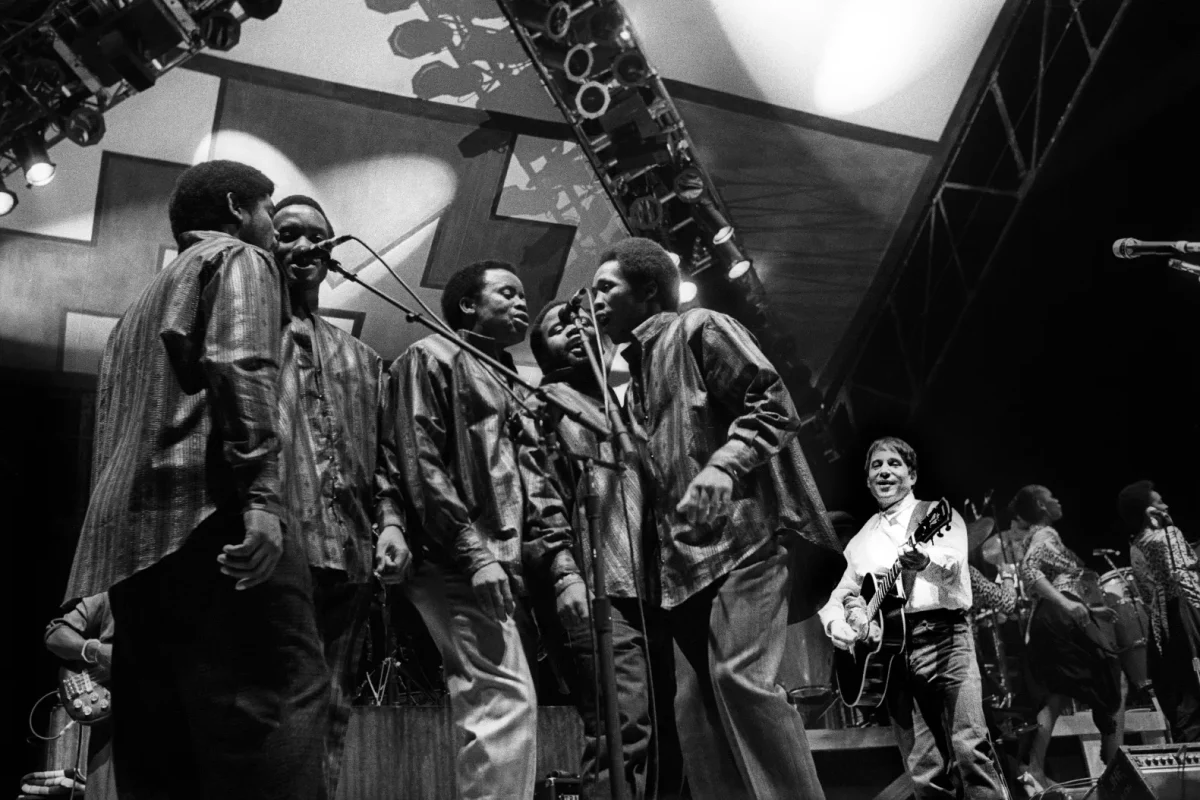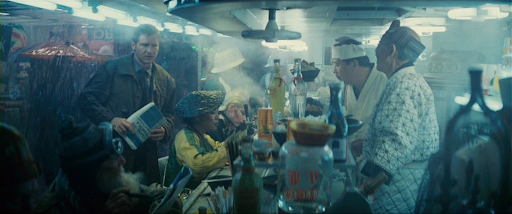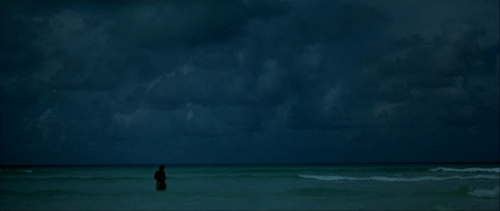
In 1981, James Caan was an extremely highly regarded actor. Nowadays, Caan is best known for a single performance, Sonny Corleone in The Godfather, yet for most of the ‘70s, he regularly received high praise for whatever he touched. He was also picky about scripts: Caan turned down the lead role in The French Connection, for which Gene Hackman won an Oscar, One Flew Over The Cuckoo’s Nest, for which Jack Nicholson won an Oscar, and Kramer vs. Kramer, for which Dustin Hoffman won an Oscar. Getting Caan to sign onto a project in his prime was hard work. Michael Mann is one of the few men who pulled it off.
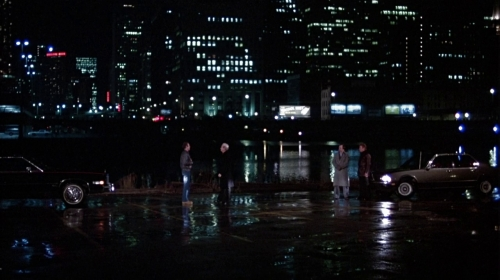
While Thief, starring James Caan, didn’t find much commercial success, the film established itself as a touchstone of how an American action thriller can look and feel. While Thief did little to create the moody style many action thriller films would take for much of the ‘80s and ‘90s, that credit is due almost solely to the French master Jean-Pierre Melville, Mann is the one who popularized Hollywood’s usage of it. Compare any scene in William Friedkin’s The French Connection, one of the great thrillers of the ‘70s to a scene in Thief and one will notice the new way of Hollywood thrillers. The French Connection was shot spontaneously in a way that promotes gritty realism, Friedkin uses natural lighting, handheld cameras, and minimal score to invoke a crippling sense that what you are watching is real; Mann uses diligently planned and meticulously performed shots, intense lighting, and borderline ambient electronics to invoke specific emotions and mood. Both methods are astoundingly effective, yet by 1981, Friedkin’s style was overdone to the point of parody and Mann was on the cutting edge.
A Michael Mann thriller is intelligent. Mann is most famous as a stylist, yet as a technician, Mann is first and foremost a realist. Every set-piece in a Mann film is replicated as closely to how real professionals would perform them. Being about a safe-cracker, Thief employed several real-world thieves to ensure the action’s authenticity. The U.S. Marine Corps uses the heist scene from Heat in classes to demonstrate how to communicate in a firefight. Mann as a director wants his work to be as close to reality as possible.
Mann as a screenwriter is a master of character psychology. His characters, especially his machismo protagonists, talk like their words matter yet hide between shades of truth and performance when someone tries to crack their shell. His characters are consummate yet cold professionals because they have no other alternative.
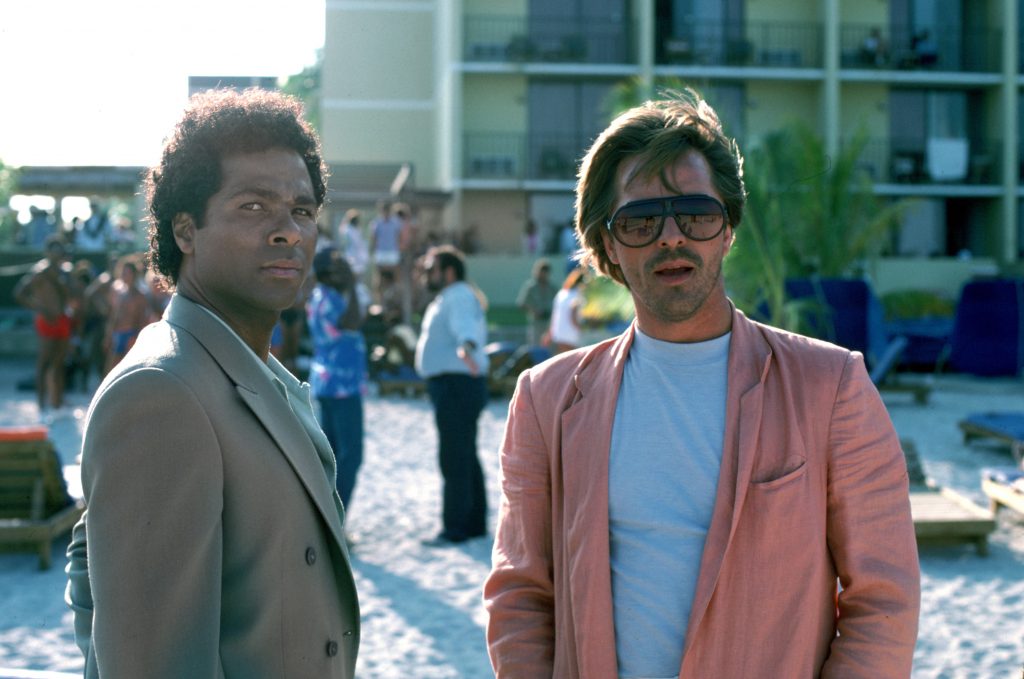
While Mann did not find much commercial success in film until the ‘90s, he dominated the crime thriller genre for a decade on television. In 1984, Miami Vice Premiered with Mann as show-runner. The show took the glossy style popularized with Thief and mass-produced it to run weekly. It was a huge hit. Under Mann’s careful hand, Miami Vice was the most fashionable television show on the air, often to the detriment of writing and narrative; Mann wrote and directed very little of the show. Mann left the show in 1986, handing the reins to a pre-Law and Order Dick Wolf, and soon after channel executives moved Vice’s time-slot to rival Dallas, your great-grandma’s favorite soap opera. Miami Vice never stood a chance.
Mann’s other films in the ‘80s were The Keep, Mann’s only outright bad movie, and Manhunter, adapted from the novel Red Dragon by Thomas Harris. Manhunter stands out in Mann’s catalog as one of his more challenging works. Besides Mann’s usual use of color and music, the film is rather subtle. At the time of Manhunter’s release, serial killer media was a new and controversial genre, and Manhunter’s cruel and surgical nature did not mesh with the Reaganite public. Manhunter ultimately gained cult status and the investigation methods displayed in the film, which, as is typical for a Michael Mann movie, were highly accurate for the time, became the standard for criminal investigation media, despite several landmark developments in the field making much of Manhunter’s methods out of date.

The next film Mann would direct would be an outlier in his catalog: a period piece. 1992’s The Last of The Mohicans is perhaps Mann’s most famous movie. This is a shame as it is perhaps his least effective film. While Mohicans is a good film with a brilliant lead performance by Daniel Day-Lewis, arguably the greatest living actor, Mann’s style struggles to congeal with a colonial setting, and his commitment to providing compelling action in a historical setting tainted Mann’s realism. Though it is worth noting this is the first film in which Mann’s action sequences are on par with the masters of Hollywood action (Peckinpah, Spielberg, Cameron, Miller).
Mann’s next film had been in his mind since the beginning of his career. The earliest draft of the film was written in 1979. Mann rewrote it again after Thief. In 1983, Walter Hill was offered to direct the script. After Miami Vice, NBC commissioned a pilot from Mann’s long-neglected script, but only the pilot ever aired. Only after the success of The Last of The Mohicans could Mann finally make Heat, and it is a miracle it took so long.
Mann, now a high-profile director, attracted the attention of Robert De Nero who then sent the script to Al Pacino. Both men were Mann’s first choices to play the film’s lead. Both men agreed immediately. Filming began in 1995. Mann shot the film entirely on location in Los Angeles and utilized as many locations that had never been on film as possible. Because of this, Heat feels less like a staged event than any prior Mann film. Dante Spinotti, Mann’s usual cinematographer since Manhunter, based the film’s visual style on the harsh contrast between the emptiness of the characters and the vastness of Los Angeles. Mann’s lighting was forced to shift away from the neon of his eighties work with Mohicans yet the shift is only evident in Heat; in their place, Mann displays a grittier, more subtle naturalism that is as effective as Manhunter without the haze of eightiesness that surrounds much of Mann’s earlier work.
Heat itself is by far the most expansive thing Mann has made. I have shown this film to a few people, on a good day I’d call it my favorite movie, and the best criticism I have heard about it is that it is too big: characters and love interests pass through the screen like a Robert Altman film and it is admittedly messy. While in the bigger Altman films, take Nashville for instance, the idea of a complete portrait of any character is beside the point. Nashville is composed of people but we don’t see them bleed. The film is not about them, it is about capturing a place, it is about the city of Nashville in 1975. Heat is about people: people suffering against the backdrop of a place. If Mann split time between every character, Heat would struggle to be as precise. Altman was unique in that he could make messiness the point, yet Mann’s talent lies in precision. Mann doesn’t focus on every character. Heat is centered on two poles, De Nero and Pacino. Every character’s suffering is tied to both in some way.
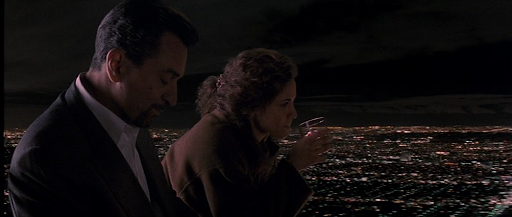
De Nero and Pacino are not only written as foils but played as foils. The attributes of their performances hinge on the dichotomy between the two styles of acting for film: character work and screen presence. Generally speaking, De Nero is better at character work and Pacino has a greater screen presence. When De Nero or Pacino does a performance that focuses on the other style, they approach that challenge from the point of view of their school.
In Terry Gilliam’s Brazil, De Nero’s performance is based around the presence his character brings to the scenes he is in, this role is more suited to Pacino, yet De Nero approaches the role with a sort of surgical precision that is utterly engrossing. In Francis Coppola’s The Godfather Part II, Pacino is asked to play quiet and work through subtlety, De Nero is better suited to this, see his breakthrough performance in the same film, yet Pacino depicts the seething rage and fear of Michael Corleone in a wholly convincing way.
In the first half of Heat, De Nero plays cold and quiet while Pacino yells almost every line. At the dead center of the film, in the one scene in which both men speak, the actors match each other in performance: we see both actors working on the same level. This scene allows both actors to break out of the style they represent: De Nero can now get big; Pacino can now get quiet. The establishment and gradual breakdown of the difference between the two men is Heat’s thesis.
Heat was met with a healthy amount of critical acclaim and performed well at the box office, allowing Mann into another first: a serious drama. Based on the true story of a tobacco industry whistle-blower, The Insider is, along with Heat, Mann’s strongest work. The Insider is about a famously censored 60 Minutes story about the tobacco industry. Pacino returns as Lowell Bergman, a longtime 60 Minutes producer, alongside Christopher Plumber as Mike Wallace and Russell Crowe as the whistle-blower.
Despite being one of Mann’s few works without an action set-piece, The Insider is the most electrifying and perhaps best-shot film in Mann’s catalog. Pacino gives a selfless, bread-and-butter performance. He uses his presence as a foundation for the rest of the cast, especially Crowe, to build upon. Again, the film is a messy concept held together by performance.

The only flaw in this otherwise perfect film is accuracy. Oddly for a director known for his accuracy, the truth promised in The Insider’s script is dubious. Mike Wallace criticized the film’s portrayal of himself and other 60 Minutes staff, he called the film “about two-thirds accurate.” To some extent, it is reasonable to believe that Mann and co-screenwriter Eric Roth stretched the story to be more palatable to the message they wanted to convey. And they did convey a strong message. Roger Ebert wrote of the film, “The Insider had a greater impact on me than All the President’s Men, because you know what? Watergate didn’t kill my parents. Cigarettes did.”
The Insider bombed at the box office. It is difficult to argue to a 24-year-old that a film about a 60 Minutes story is worth a Thursday night they could spend blackout drunk. Instead, the film found its audience in the over 40 crowds who spend less on average to see movies than younger people.
Instead, Disney let The Insider exist as a prestige picture, much like David Lynch’s The Straight Story released the same year. The Academy nominated The Insider for 7 Oscars, including 3 for Mann(Best Picture, Director, Adapted Screenplay) though it won none. The Chairman of Disney at the time, Joe Roth, said about making prestige films that bomb at the box office, “It’s like walking up a hill with a refrigerator on your back. The fact of the matter is we’re really proud we did this movie. People say it’s the best movie they’ve seen this year. They say, ‘Why don’t we make more movies like this?’”
The rest of Mann’s career has been dedicated to a dialog with new digital camera technology and generally weaker than his prior work, except Collateral, Miami Vice(2006), and maybe Blackhat. Mann was the first major filmmaker to adopt digital camera work on his 2001 film Ali. This boxing biopic features some excellent sequences but is ultimately weighed down by the bizarre casting of Will Smith as Muhammad Ali. Had Jamie Foxx or Denzel Washington played the part, the film would have worked better.
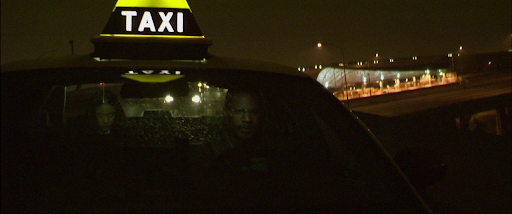
Jamie Foxx would star alongside an excellent Tom Cruise in Mann’s next film, Collateral. Collateral is perhaps Mann’s most effective thriller and, by proxy, the most entertaining movie he has done. However, it struggles to go beyond being a rehash of the same ideas and themes he has been working with for twenty years. Collateral is fantastic, if a little uninventive narratively. It makes up for that by being one of the first films to use digital photography that looks as good as film.
Mann’s next film was a reinterpretation of Miami Vice starring Foxx and Colin Farrell. For better or worse, Miami Vice is the most stylized work in his catalog. The music, the lighting, the acting, the writing, the direction: everything that normally excels in a Mann film is almost a stereotype in Miami Vice. All the attributes of a Mann film are here and they are good, yet it is practically a necessity that one must enjoy Mann as a filmmaker to enjoy Miami Vice. Most of Mann’s other films work without appreciating Mann, but Miami Vice does not. While I and many others love it, this is Mann at his most uncompromising.
Much like Collateral, Public Enemies is deeply reminiscent of prior work by Mann. Collateral worked as a sort of retrospective, Public Enemies is a borderline remake of Heat in a 1920s setting and is not nearly as good of a film.
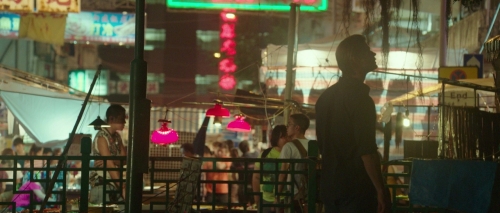
2015’s Blackhat is awesome, but it oozes the essence of a 75-year-old man making a movie about hacking. Mann tries to make computers stylish in the exact same way he would a car, which is pretty amusing. Besides that, Blackhat is a well-constructed thriller with excellent action and vivid digital photography. The film was a commercial disaster, which has stifled many of Mann’s attempts to work after it.
Ferrari, Mann’s newest work, is a well-constructed biopic, yet I was underwhelmed by it. Perhaps Mann has lost his touch, perhaps he is just bad at biopics. Either way, I want him to make another thriller though I doubt he will ever be able to finance one.
Michael Mann is an oddity within Hollywood action cinema: most stylish directors are stylish at the cost of storytelling and precision, but Mann is one of the exceptions. His character work is literate, his action is surgical, and his dialog is subtle; at the same time, Mann’s lighting is expressionistic, his camera wanders, and his music is cold and introspective. Mann’s sense of location is matched only by art-house directors. With much of Los Angeles in ashes, Mann’s work within the city, Heat and Collateral, are now invaluable artifacts of a lost place.
Around 250 action movies are released every year and almost none are good. There is little that one consumer can do to ensure any action movie is worth the ticket price. One of the only reliable factors in quality action cinema is that any time the name below the title on the poster is Michael Mann, that film is good.



